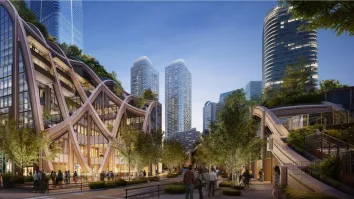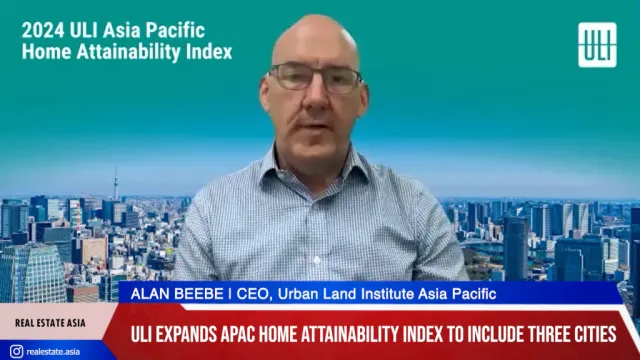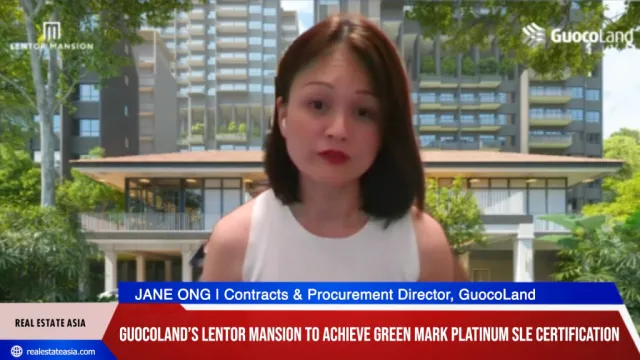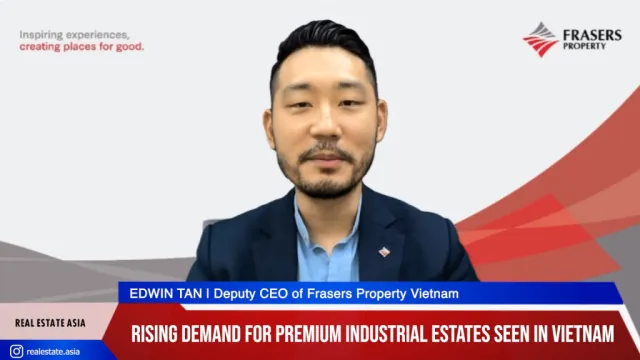
How Singapore offices’ passing rents impact investment decisions
Savills provides an analysis on yield compression using assumed passing rents.
The pandemic has thus far affected demand for most commercial properties, leading to lower rents. Savills’ forecast for Grade A CBD offices is for rents to decline about 5% YoY in 2021 and thereafter remain flat through 2022 before rising in 2023. From 2023 onwards, the firm has assumed a 2.5% annual increase in rents and this is consistent with what our valuers have been adopting in their discounted cash flow models.
“While rents have fallen, it is the passing rent that influences investment decisions. Assuming a weighted average lease expiry of four years, we have plotted the passing rents for a Grade A office building in the CBD.”
Here’s more from Savills:
Using the passing rents assumed, we calculated the Net Present Value (NPV) of a hypothetical Grade A CBD office building under two scenarios. One is if there was no outbreak of COVID. Two are with COVID. The analysis goes like this.
The seller of a Grade A CBD office building before the pandemic (say the year 2019) was willing to transact at an NPV of S$2,188 psf. However, because of the global fallout from the spread of the virus, values declined. If the seller is not willing to lower the price, they may have to wait until early 2026 for values to return to 2019 levels. If this were the case, then hardly any investment transactions may take place for the next few years. Please refer to Table 1 and Graph 2.
Although it seems that the market may still need about five years to return to sellers’ prices, it is possible that the investment market may revive earlier because of:
1. The limit to the life of a fund (if any);
2. Opportunity cost to investors for holding onto the investment longer;
3. Excess liquidity looking for an asset class to deploy to.
On point 2, holding onto a property just to achieve the 2019 price in 2026 will reduce the investors Internal Rate of Return (IRR).
Arising from points 2 and 3, where the weight of money looking for investments is high, we may see office and commercial investments return soon. And it is because of the weight of money (from both institutions and ultra-high net worth individuals) that we have yield compression.
That yield compression is a highly probable outcome in the periods ahead is due to the money supply created by governments in response to the start of the COVID pandemic in 2020. M2 money supply in the US which has surged since February 2020 when it was first realised that the pandemic could have serious economic consequences.
Although central banks in G7 countries have begun to taper, the latest data from the Federal Reserve Bank of Dallas show that YoY growth in M2 for the US (March 2021, +24.2%), Euro Area (March 2021, +9.5%), Japan (April 2021, +9.3%), Canada (March 2021, +15.7%) and UK (March 2021 10.8% - M4 money supply) is still augmented. Even in Singapore, the average YoY change in M2 Money Supply increased from 5.4% for the period April 2019 to March 2020 to 11.3% for the corresponding period spanning 2020 and 2021.
Globally, as production capacity was wound down considerably in 2020 and with supply chains still not fully functioning, the weight of money paired with rising economic activity raises the likelihood of hyperinflation. In turn, in the short to medium term it is likely that central banks may not want to combat this by raising interest rates for fear of stalling fragile economic growth. If real interest rates stay low, the prospect of asset inflation, which has already been showing up in global residential and stock prices, will extend to the office and commercial sectors. However, as companies have not yet recovered from the pandemic, their ability to pay rents is hampered. Ultimately, we may see severe yield compression.
Factoring global economic conditions into the office market here, we realize that should there be a reduction of just 0.5% in the discount and terminal rates for a 5-year holding period investment, the Net Present Value (NPV) would be back to end-2019 levels by end-2021.
Thus far, institutional investors have generally been conservative in taking the plunge into the office and commercial markets here. Instead, ultra-net-worth individuals have been beating them to the post, having made some significant investments in the Singapore office and commercial markets in the past year. Because these investors paid a high price for recent investments, yields have compressed and give and take a few more transactions, valuers may have to lower their discount and terminal rates. Further compression is likely because of the twin factors of having very subdued real interest rates and an investment environment that is charged with liquidity.
The takeaway from this is that if one becomes overly fixated by the arguments of tenants rightsizing and falling rents, one may miss out on the inflationary liquidity front that ultimately transmits to real estate in the form of yield compression. Although passing rents may take time to recover and the amount of space released into the market when tenants right size is still unclear, given the already low yields any significant declines in that measure could more than offset these issues of concern. In fact, an investment made before significant yield compression occurs may still produce an IRR that could be significantly higher than those recorded pre-COVID.



















 Advertise
Advertise






